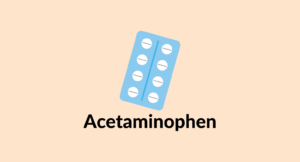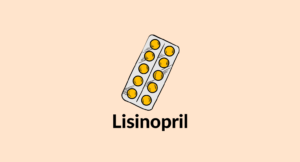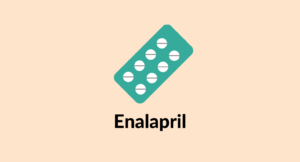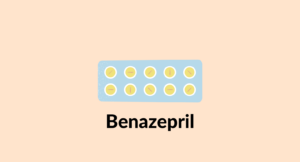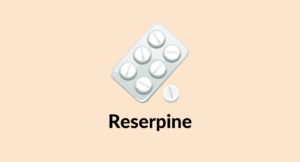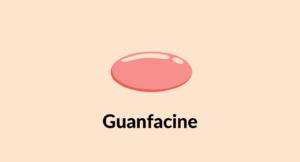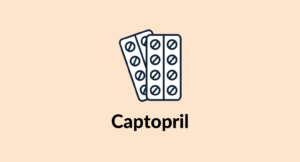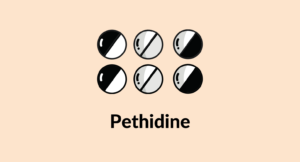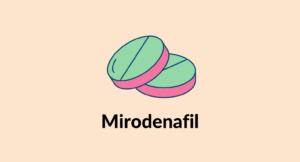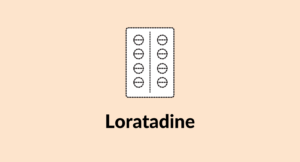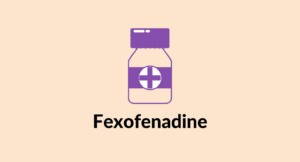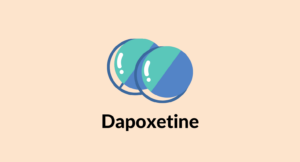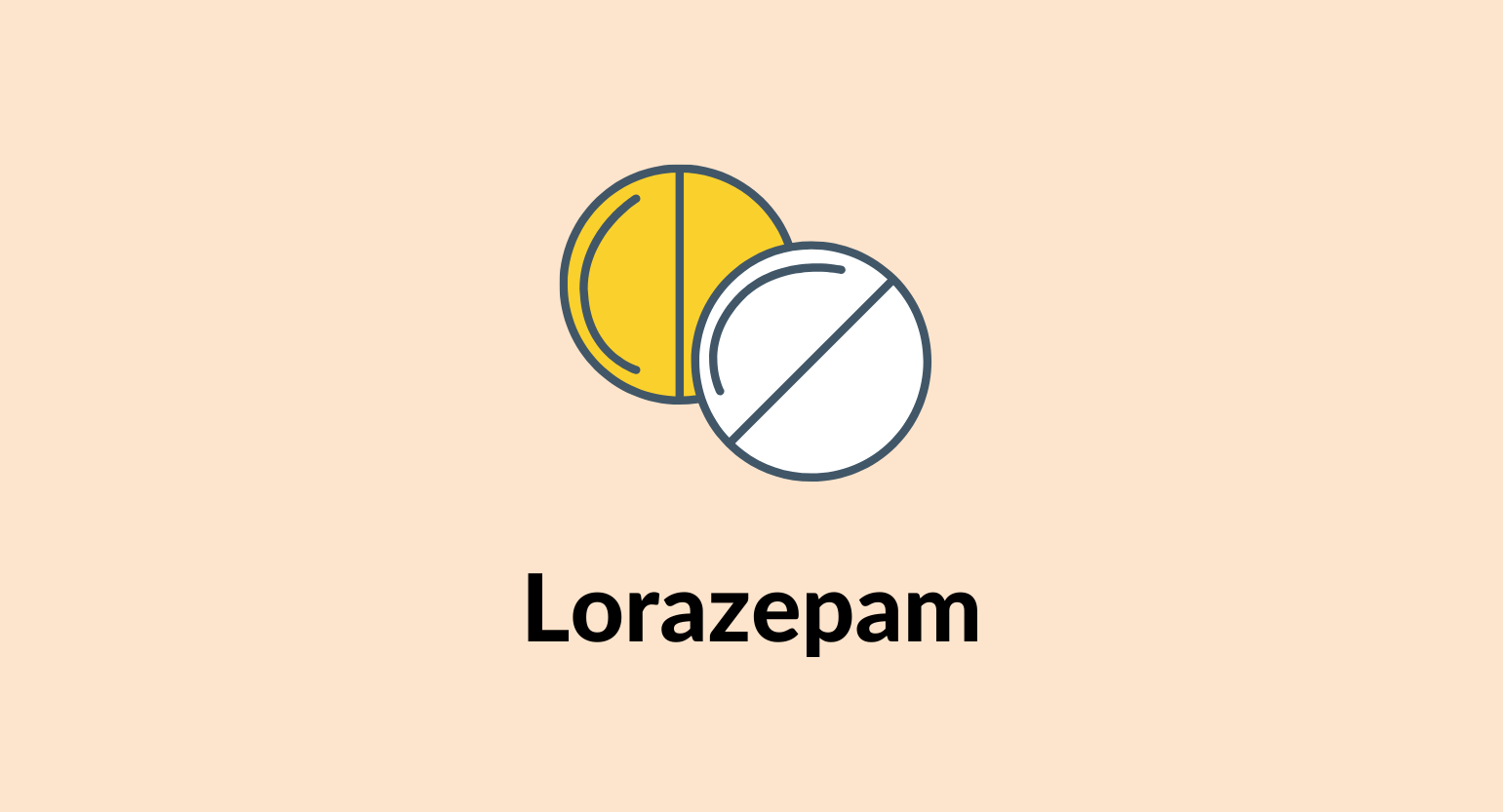
Does CBD Interact With Lorazepam (Ativan)?
Cannabidiol (CBD), a cannabinoid, can interact with the anxiolytic and sedative benzodiazepine lorazepam (Ativan) and aggravate its effects.
Lorazepam (Ativan) is a medication used to treat anxiety, sleeping disorder, seizures, and panic disorder. It belongs to the benzodiazepine family. It is a short-acting benzodiazepine.
Cannabidiol or CBD, a cannabinoid extracted from the cannabis family, can interact with lorazepam and enhance its actions.
CBD acts as an agonist for lorazepam. It can increase its amount in the body and cause more side effects.

Does CBD Interact With Lorazepam (Ativan)?
Yes. CBD can interact with lorazepam (Ativan). This combination is considered high-risk and should be avoided unless otherwise specified by a healthcare professional.
CBD may potentiate the effects of Ativan by reducing the body’s ability to metabolize the drug and increasing the risk of side effects such as sedation, dizziness, & short-term memory loss, and more.
Its interaction with lorazepam can take place in two ways:
A) Slowed Elimination (Metabolic Inhibition)
Drug metabolism is the process by which the drugs break down in the body to make it easy for them to perform their actions and to eliminate them from the body.
This task largely comes down to the cytochrome P450 enzymes found in the liver.
When two drugs require the same enzymes for metabolism, it results in a type of interaction called “metabolic inhibition” or “metabolic competition.” This action could slow down the metabolism of one or both drugs.
Lorazepam (Ativan) is primarily metabolized by CYP3A4. This same enzyme group is involved with metabolizing CBD as well. Hence, on consuming them together, they end up competing with each other for the breakdown in the liver. This action may enhance the plasma levels of lorazepam.
This effect is most dangerous in patients taking either CBD, Ativan, or both substances on a recurring basis. If Ativan isn’t cleared from the body by the time you take a second dose (because of delayed elimination from CBD), it could eventually lead to a buildup of toxic levels in the bloodstream — resulting in side effects.
B) Increased Effect (Agonistic Interaction)
An agonistic interaction occurs when two or more substances exhibit the same effect on the body. These substances might act on the same or different receptors, but they produce effects in the same direction when consumed together.
Because CBD and lorazepam are both central nervous system suppressants, their effects may compound. This interaction carries the greatest risk of producing adverse effects.
Taking both CBD and lorazepam could result in a higher risk of side effects associated with central nervous system suppression, including dizziness, lightheadedness, fainting, short-term memory loss, and more.
Related: What Are the Side Effects of CBD?
Similar Medications: CBD & Benzodiazepines
Lorazepam is classified as a benzodiazepine anxiolytic. CBD and benzodiazepines all share similar risks for interaction and side effects. All drugs in this class are considered to have a moderate to high-risk interaction with CBD and other cannabinoids.
Here’s a list of similar medications that share a similar level of risk when combined with CBD:
- Alprazolam (Xanax)
- Chlordiazepoxide (Librium)
- Clorazepate (Tranxene)
- Diazepam (Valium)
- Estazolam (Prosom)
- Flurazepam (Dalmane)
- Clonazepam (Klonopin)
- Midazolam (Versed)
- Oxazepam (Serax)
- Temazepam (Restoril)
- Triazolam (Halcion)
- Quazepam (Doral)
Is It Safe to Take CBD & Lorazepam (Ativan) Together?
No. It is not considered safe to take CBD alongside benzodiazepines such as Ativan (lorazepam). The risk of serious side effects is high with this class of medications.
CBD may potentiate (increase) the effects of lorazepam in the body. It can also lead to excessive accumulation of the drug by slowing its metabolism and elimination from the body.
CBD is considered to carry a high risk of interaction with lorazepam.
If both the drugs are taken in minimum dosage, it is less likely to cause many side effects.
It’s recommended to consume these two medicines together only under medical guidance. One must exercise caution when taking them together.

Is CBD A Viable Alternative to Lorazepam (Ativan)?
CBD may be a viable alternative to lorazepam (Ativan) for managing mild to moderate bouts of anxiety, insomnia, or muscle tension. However, CBD is much milder than Ativan and may not be strong enough for certain situations.
A study has shown that CBD may be effective in the treatment of generalized anxiety disorder, panic disorder, social anxiety disorder, obsessive-compulsive disorder (OCD), and post-traumatic stress disorder (PTSD) [1].
CBD has also been shown to be effective as an adjunctive treatment for seizures [2]. It’s even gained approval for use in seizures caused by two rare forms of epilepsy, Lennox-Gastaut syndrome and Dravet syndrome.
CBD has enough potential to become a proper anxiolytic sedative and may even replace benzodiazepines like lorazepam someday.
However, with the current available research and study, it’s not completely sufficient as a replacement for lorazepam for anything more than mild to moderate symptoms.
What is Lorazepam (Ativan)?
Lorazepam is an anxiolytic, sedative, and anti-seizure drug belonging to the benzodiazepine family. It’s used to treat panic disorders, severe anxiety, and seizures, including ones such as status epilepticus and a short-acting benzodiazepine, and gets and rapidly cleared in the body.
Ativan is the most common brand name for lorazepam, but there are many generic forms as well. It’s a prescription medicine approved by the FDA for the treatment of anxiety disorders and seizures.
Lorazepam (Ativan) Specs:

| Drug Name | Lorazepam |
| Trade Names | Ativan, Tavor, Temesta, Khamos, Larpose, Lopam, Lopez, Lorazine, Loree, Lorel, Lorus, Orazep, Trapex, Zora |
| Classification | Benzodiazepines |
| CYP Metabolism | Cytochrome P450 enzymes |
| Interaction With CBD | Agonistic, Metabolic inhibitor |
| Risk of Interaction | High |
Other Names For Lorazepam (Ativan)
Lorazepam is sold under many different names. All share the same risk and potential interactions.
Other names for Lorazepam (Ativan) include:
- Khamos
- Larpose
- Lopam
- Lopez
- Lorazine
- Loree
- Lorel
- Lorus
- Orazep
- Tavor
- Temesta
- Trapex
- Zora
What Does Lorazepam (Ativan) Do?
Lorazepam is classified as a benzodiazepine drug. It’s used to treat various neurological disorders, including seizure disorders (such as status epilepticus and alcohol withdrawal), anxiety, panic disorders, muscle tension, and insomnia.
Lorazepam works by binding to the benzodiazepine (GABA) receptors, which are responsible for suppressing or relaxing electrical activity in the brain. When this happens, we feel more calm and relaxed, anxiety levels subside, and we’re much more primed for falling asleep.
GABA causes chloride ions to pass across neuronal cell membranes via an ion channel in the receptors. When enough chloride ions are conducted, the local neuron membrane potentials increase. This effect makes it difficult for action potentials to fire and thus ultimately results in less excitation of the neurons.
Benzodiazepines do not replace GABA and do not affect GABA concentrations in the brain. However, they enhance the effect of GABA at the γ-aminobutyric acid type A (GABAA) receptor. Benzodiazepines can intensify the inhibitory activity of GABA in the central nervous system.
Side Effects of Lorazepam (Ativan)
There are many negative side effects associated with Ativan. Everybody is different, so it’s important to listen to your body and follow the dosage recommendations given to you by your doctor.
One of the main issues associated with this drug is dependency and addiction following long-term use. Because of its dependency-forming ability, lorazepam, like other benzodiazepines, is used as a first-line treatment for seizures but not for long-term treatment.
Lorazepam has also been associated with drug abuse and misuse.
Simultaneous use of benzodiazepines may result in heavy sedation, respiratory depression, coma, and death. These drugs are not suggested for use in patients for whom alternative treatment options are available.
Lorazepam can also cause withdrawal symptoms if stopped abruptly. The withdrawal symptoms consist of increased anxiety, irritability, insomnia, tremors, headaches, stomach pain, nausea, hallucinations, fatigue, depression, and more.
Lorazepam must be used with caution in patients with depression or psychosis as it can lead to an increased risk of suicidal ideation.
Side Effects of Lorazepam Include:
- Asthenia
- Blood dyscrasias
- Change in appetite
- Change in libido
- Confusion
- Constipation
- Convulsions
- Depression
- Disorientation
- Dizziness
- Drowsiness & fatigue
- Dysarthria
- Extrapyramidal symptoms
- Hypersensitivity reactions
- Hypotension
- Increase in alkaline phosphatase (ALP)
- Increased bilirubin
- Increased liver transaminases
- Irritability
- Jaundice
- Lack of motivation
- Loss of memory
- Movement disorder
- Nausea
- Respiratory depression
- Sleep apnea
- Suicidal ideation
- Tremor
- Unsteadiness & vertigo
- Visual disturbances
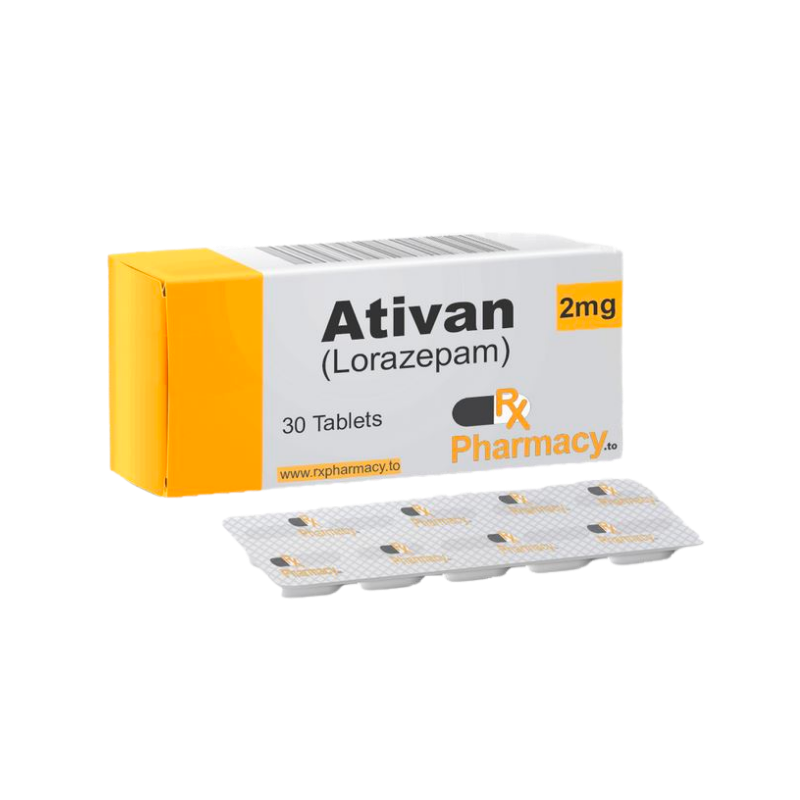
Key Takeaways: Is it Safe to Take Lorazepam (Ativan) With CBD?
CBD may reduce the body’s ability to metabolize lorazepam, leading to a longer duration of effects and a potential increase in serum levels over the course of several days or weeks.
Don’t attempt to combine CBD with Ativan without first speaking to your prescribing physician.
To further reduce the risk of side effects, it’s best to take only the minimum dosage of both medications with proper spacing in timing between them both (at least 2 hours apart).
References
- Blessing, E. M., Steenkamp, M. M., Manzanares, J., & Marmar, C. R. (2015). Cannabidiol as a potential treatment for anxiety disorders. Neurotherapeutics, 12(4), 825-836.
- Lattanzi, S., Brigo, F., Trinka, E., Zaccara, G., Cagnetti, C., Del Giovane, C., & Silvestrini, M. (2018). Efficacy and safety of cannabidiol in epilepsy: a systematic review and meta-analysis. Drugs, 78(17), 1791-1804.
Signup to our newsletter
Be the first to know about our newest arrivals and special offers!
